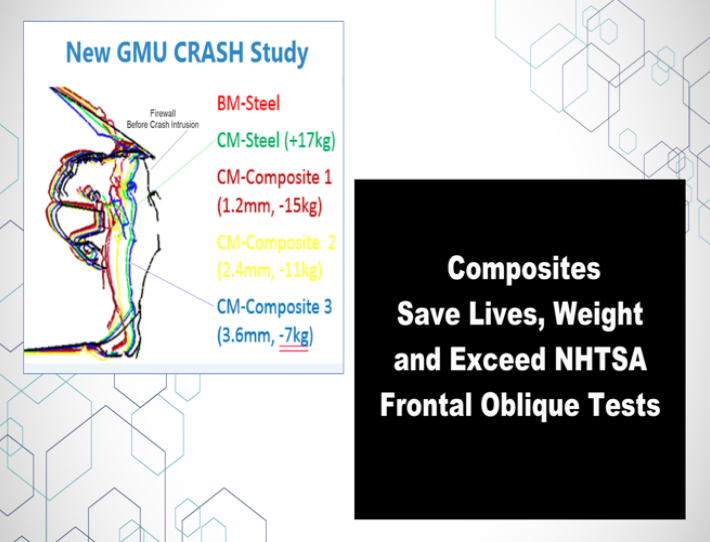We’ve all heard of chemical engineering is, and most of us understand what a chemical reaction is. But how many of us know what these have to do with our next car?
We’ll allow Jose Chirino, a chemical engineer working to change the environment and auto industry for the better, to explain.
To begin, chemistry is science—but the results it can create often seem nothing short of magic.
The right chemical interactions can solve corrosion, weight, noise and safety issues amongst a nearly endless list of other obstacles. And as we’re about to learn, they can be used to create a brighter, more sustainable future for the auto industry.
How? Here’s a perfect example.
In the 1980s, the body panels of the cars we drove were built to shield us in crashes.
But today, thanks to scientific innovations, they do so much more. They absorb the energy created by crashes, allowing them to be lighter in weight while still greatly improving safety.
And it’s all due to a combination of reactive chemistry and powerful multi-materials, as they come together to create incredible ACES (Automated, Connected, Electric, and Shared) vehicles.
Another powerful example includes the chemistry behind the carbon fiber truck bed of the GMC Denali. This vehicle has improved fuel efficiency, engine power, breaking distance, and a handful of other incredible features made possible by the lightweight polymer composite materials used in the bed of the truck.
This is chemistry! This is what happens when steel, aluminum and plastic join forces. The result is innovation, made even more powerful by a combination of recycling and recovery. This enables the creation of ACES vehicles.
And it’s a glimpse into what is still yet to come.
The future is plastic. Before we know it, polymers will be everywhere—above us, beneath us, in front of us, and so much more.
A future with more plastic will also bring a future full of countless other benefits.
As we continue to build and improve upon interconnected transportation infrastructure, we will be able to create vehicles with extended battery ranges and safer interiors. This incredible innovation will also drive the economy, creating new jobs and expanding new markets.
Every day that we move forward, we are using chemistry, engineering, and innovation to create the future of the automotive industry.




